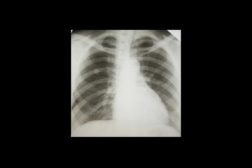Home » Keywords: » permissible exposure limits
Items Tagged with 'permissible exposure limits'
ARTICLES
Manufacturer exposes workers to carcinogens
Alstom Transportation Inc. fined $105K for OSH violations
June 6, 2016
OSHA
The truth that sickens and kills
Michaels admits PELs are outdated, dangerous
November 1, 2013
Public Citizen slams OSHA for missing beryllium deadline
More than 30,000 workers’ lives potentially at stake
August 1, 2011
Become a Leader in Safety Culture
Build your knowledge with ISHN, covering key safety, health and industrial hygiene news, products, and trends.
JOIN TODAYCopyright ©2025. All Rights Reserved BNP Media.
Design, CMS, Hosting & Web Development :: ePublishing




